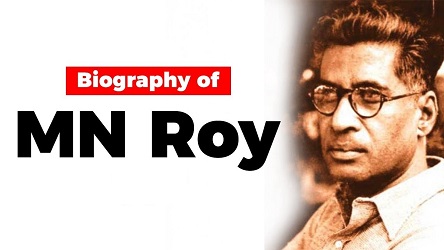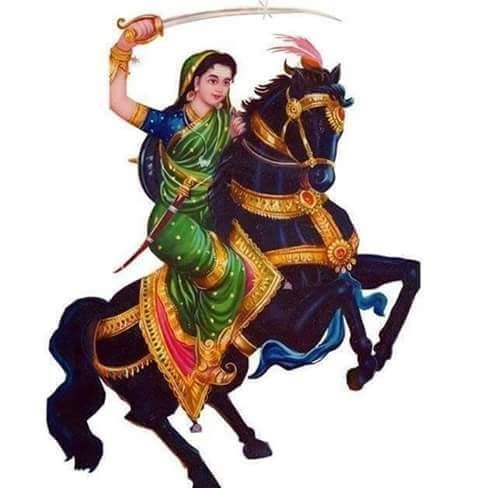Rani Padmavati, also known as Padmini, is a legendary figure in Indian history and folklore, celebrated for her beauty, courage, and sacrifice. Her story has been passed down through generations, immortalized in poems, ballads, and works of literature. While the historical accuracy of her tale is debated, Rani Padmavati remains a symbol of honor, valor, and feminine strength in Indian culture.
Historical Context
Rani Padmavati is believed to have lived during the 13th century, in the kingdom of Chittor, located in present-day Rajasthan, India. During this period, Chittor was ruled by Rana Ratan Singh, a Rajput king known for his bravery and valor.
The Legend of Padmavati
According to legend, Padmavati was a princess of unparalleled beauty, whose fame spread far and wide. Her beauty attracted the attention of Alauddin Khilji, the Sultan of Delhi, who became obsessed with possessing her.
The Siege of Chittor
In his quest to capture Padmavati, Alauddin Khilji besieged the fortress of Chittor, leading to a fierce battle between the Rajputs and the Sultan’s forces. Despite facing overwhelming odds, Rana Ratan Singh and his warriors fought valiantly to defend their kingdom and protect their honor.
Jauhar
As the siege dragged on, and it became apparent that defeat was imminent, Rani Padmavati and the women of Chittor chose to perform jauhar, a practice of self-immolation to avoid falling into the hands of the enemy. Rather than submit to the conqueror, they embraced death as a final act of defiance and preservation of their honor.
Legacy and Cultural Significance
The story of Rani Padmavati has captured the imagination of people for centuries, inspiring countless retellings, poems, plays, and films. Her sacrifice is celebrated as the epitome of Rajput valor and the indomitable spirit of Indian womanhood.
Controversies and Interpretations
While Rani Padmavati’s tale is deeply ingrained in Indian culture, it has also sparked controversies and debates, particularly regarding its historical accuracy. Some historians question the authenticity of the events depicted in the legend, suggesting that it may have been embellished over time.
Modern Depictions
In recent years, Rani Padmavati’s story gained renewed attention following the release of the Bollywood film “Padmaavat” in 2018, directed by Sanjay Leela Bhansali. The film, though visually stunning, drew criticism for its portrayal of historical events and characters, reigniting debates about cultural representation and artistic freedom.
Conclusion
Rani Padmavati continues to captivate audiences with her tale of beauty, bravery, and sacrifice. Whether regarded as a historical figure or a mythical icon, her legacy endures as a symbol of honor, valor, and feminine strength in Indian culture. While the historical accuracy of her story may be debated, the enduring appeal of Rani Padmavati lies in the timeless themes of love, courage, and sacrifice that resonate with audiences across generations.






